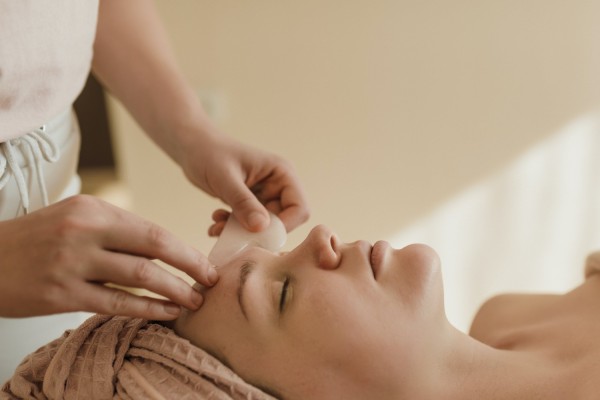 (Photo : Pexels/Arina Krasnikova)
(Photo : Pexels/Arina Krasnikova)
Ozempic users are reportedly spending thousands of dollars on corrective procedures after the weight loss from the drug reportedly left them with sagging skin.
Ozempic, administered weekly via injection, aids in reducing blood sugar levels by enhancing insulin production in the pancreas, according to UC Davis Health.
It is typically used by adults with type 2 diabetes and is not approved for weight loss. Yet, a trend has emerged in recent years where individuals take the medication to lose weight, and some of them experienced what has been dubbed the "Ozempic face."
What is "Ozempic face"?
Some people using Ozempic have reported changes in their face and neck, a side effect attributed to their rapid weight loss, according to Forbes.
These changes include loose, sagging skin around the jowls and gaunt, deflated cheeks due to the reduction in facial fat, resulting in an aged appearance often termed "Ozempic face."
Quenby Erickson, an Ozempic user who shed 45 pounds in seven months, revealed to the New York Post how the drug changed her face.
"It was gradual. You just think it's weight loss, and then you start to look in your mirror like, 'Wait a minute, my skin is saggy now and it wasn't before,'" Erickson told the outlet. "I've aged a lot in a few months."
According to Dr. Phillip Kadaj, a medical expert with JustAnswer featured in an article published by Healthline, losing weight gradually allows the skin to adapt and shrink alongside the weight loss. However, with rapid weight loss, as often seen with Ozempic usage, there's insufficient time for the skin to contract and adjust, he explained.
"This can give the face an appearance of having aged," Dr. Kadaj said.
What are the treatments for Ozempic face?
To address the fine lines, wrinkles, and sagging caused by Ozempic usage, patients are resorting to dermatological procedures. However, these procedures come at a considerable cost.
According to Erickson, who is a dermatologist, in order to fix her Ozempic face, she had been treated with Sofwave by the staff at her clinic.
As reported by The New York Post, Sofwave is an ultrasound treatment known for reducing lines and wrinkles by heating and restructuring collagen in the face. The procedure typically ranges in cost from $2,000 to $3,000 and needs to be repeated once or twice a year to be effective.
According to the Post, dermatologist Marina Peredo, who also owns a clinic, utilizes an additional procedure for her Ozempic patients apart from Sofwave. The procedure is called Morpheus8, a "micro-needling procedure that stimulates collagen" in order to "tighten and smooth wrinkles," the report said.
"Think of it as hot needles," Peredo said. "It costs anywhere from $800 to $1,000 per treatment, and normally you need a series of three."
According to Peredo, individuals who aren't considering a facelift post-Ozempic often choose a trio of procedures: AccuTite targets the upper face, FaceTite focuses on the jawline and neck, and liposuction, a fat removal surgery.
Peredo elaborated that AccuTite and FaceTite involve a metal probe inserted beneath the skin, working internally to tighten it.
Collectively, these three procedures cost a hefty $10,000.
Moreover, according to the doctor, patients are coupling these treatments with hyaluronic fillers costing between $3,500 and $9,000 to "inflate that sagginess" by inserting filler in different parts of the face.
To prevent the occurrence of Ozempic face, the dermatologist recommended that patients initiate corrective procedures simultaneously when starting the drug, saying, "Otherwise, if there is a lot of weight loss, they may have to go under the knife."

